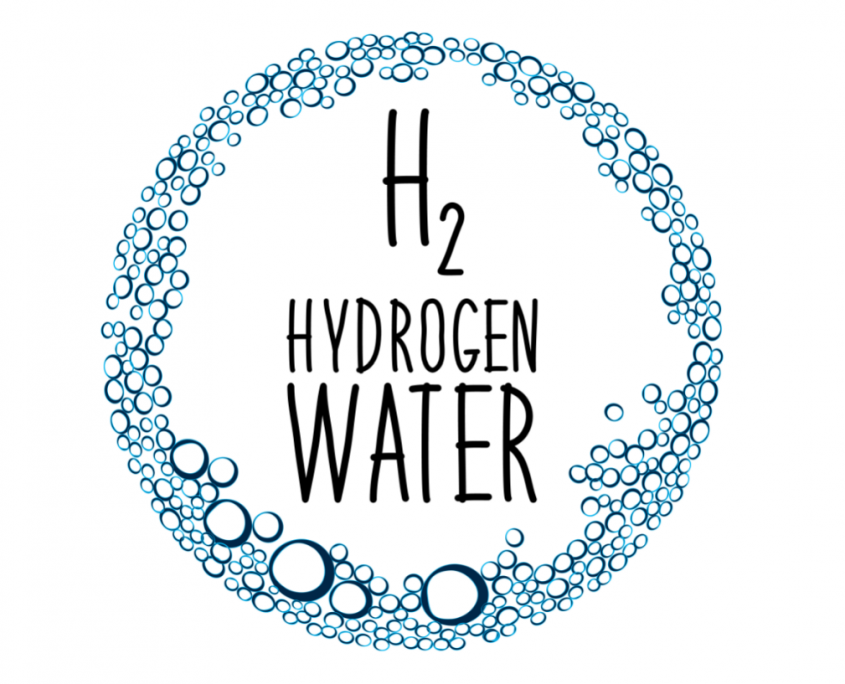The Science Behind Molecular Hydrogen Water
 What is Hydrogen Water?
What is Hydrogen Water?
Molecular hydrogen is H2, or two hydrogens combined by a covalent bond into one stable molecule that easily crosses the blood brain barrier. Over 500 research studies showing therapeutic potential in over 170 human and animal models have been conducted.
The benefits from molecular hydrogen stem from multiple mechanisms. The first discovered was its role as an anti-oxidant. Molecular hydrogen can scavenge and neutralize the unstable hydroxyl radical. At the same time, it does not physiologically alter the important reactive oxygen species for metabolism such as superoxide, nitric oxide, and hydrogen peroxide.
One of the ways that H2 has an ongoing anti-oxidant effect is through the activation of the Nrf2-Keap1 pathway. This pathway once activated induces an anti-oxidant cascade pathway leading to the production of cytoprotective proteins such as glutathione, catalase, superoxide dismutase, and glutathione peroxidase.
Basic Chemistry of Molecular Hydrogen
Since the idea of a chemical gas being an anti-oxidant and beneficial to maintaining health is new for most practitioners, it is important to understand some of the basic chemistry of hydrogen and oxidation/reduction. Hydrogen has the lightest molecular weight of any element. It exists in four forms, but the only stable form is the H2 form. This bond is balanced with 2 protons and 2 electrons creating a neutral charge. This stability allows it to be diffused into water without reacting with the H2O molecule. Therefore, neither the water molecule nor the molecular hydrogen breakdown in the solution. It also allows it to be highly lipid soluble to pass easily through the blood brain barrier and into mitochondria.
Basic oxidation/reduction
Biological systems try to reach homeostasis. Reactions in the body occur when the system is out of balance. Oxidation and reduction are two opposing forces in chemistry. Oxidation is loss of electrons and reduction is receiving electrons. A pneumonic from the Molecular Hydrogen Foundation is OILRIG: Oxidation Is Loss and Reduction Is Gain. If one molecule loses an electron another molecule has to receive an electron. Essentially if there is an oxidation reaction there is also a reduction reaction simultaneously.
A free radical molecule has an unpaired electron. Molecules want to have a stable bond so this unpaired electron makes the molecule reactive causing destructive chain reactions. Anti-oxidants are preventing oxidation or the loss of an electron from an unstable molecule. By donating an electron, they prevent the free radical from giving away its unstable electron. Although anti-oxidants donate an electron this does not cause them to be unstable and become free radicals themselves.
Sources of Molecular Hydrogen (H2)
There are two primary methods for making molecular hydrogen water. One that is often touted in the media are the ionizers that use electrolysis to separate water into alkaline and acid water. As a byproduct, they make a small amount of hydrogen water but these devices were not created for this use. These machines are expensive, and the amount of hydrogen water they make is inconsistent and less than the concentration made by molecular hydrogen tablets.
The other method of creating hydrogen water is to use specially formulated mineral tablets, when mixed into water, these tablets create a chemical reaction releasing molecular hydrogen into the water. For ease of personal use, portability, and predictable concentrations; the specially formulated mineral tablets are the most practical method of making molecular hydrogen water.
 What is Hydrogen Water?
What is Hydrogen Water? 